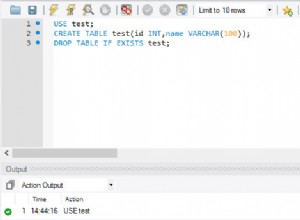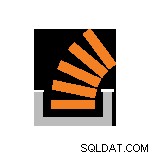Bảng mẫu
create table so1 (Itemid varchar(100), Itemname varchar(100), Itemfatherid varchar(100))
insert so1 select
'itemA','theitemA',null union all select
'itemB','theitemB',null union all select
'itemC','theitemC','itemA' union all select
'itemD','theitemD','itemA' union all select
'itemE','theitemE','itemC' union all select
'itemF','theitemF','itemE' union all select
'itemG','theitemG','itemD'
Truy vấn
if OBJECT_ID('tempdb..#tmp') is not null drop table #tmp
;
create table #tmp (
uniqueid uniqueidentifier not null,
level int not null,
itemid varchar(100) null,
primary key clustered(uniqueid, level)
)
;with cte(level, itemid, parentid, uniqueid) as
(
select 1, itemid, itemfatherid, NEWID()
from so1
where not exists (select * from so1 k where k.itemfatherid=so1.itemid)
union all
select cte.level+1, t.itemid, t.itemfatherid, cte.uniqueid
from cte
inner join so1 t on t.Itemid = cte.parentid
)
insert #tmp (uniqueid, level, itemid)
select uniqueid, level, itemid
from cte
option (maxrecursion 1000) -- as required
;
;with tmp as (
select *, newlevel = ROW_NUMBER() over (partition by uniqueid order by level desc)
from #tmp)
update tmp
set level = newlevel
;
declare @sql nvarchar(max), @columns nvarchar(max)
;
set @sql = CONVERT(nvarchar(max), (
select number [data()]
from master..spt_values
where type='P' and number between 1 and (select MAX(level) from #tmp)
order by 1
for xml path('a')))
select @sql = stuff(replace(replace(@sql,'</a><a>','],['),'</a>',']'),1,3,'[')
select @sql = '
select ' + @sql + '
from #tmp
pivot (max(itemid) for level in (' + @sql + ')) v
order by ' + @sql
exec (@sql)
Kết quả
1 2 3 4
itemA itemC itemE itemF
itemA itemD itemG NULL
itemB NULL NULL NULL




